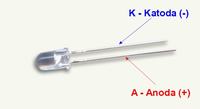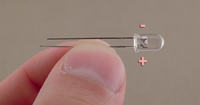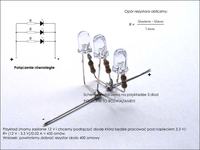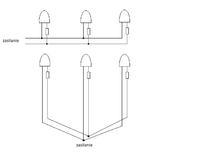lev-ele wrote: I will connect to the topic.
I have 4 Power Leds - 3W, voltage 3.4 - 3.6 mA.
I connect the 12-14 V voltage to the car battery
calculations show that I should use a 15 Ohm and 7.3 W resistor
question:
if I give a 15 OM 50 W resistor, can I connect 4 diodes to 1 resistor in parallel?
the power consumption will be about 30 W so that there will be a power reserve of the resistor so that it does not burn out.
will it work
First. Pay attention to what you write. We don't have a cryptology department.
Second, we measure voltage in volts (V), not milliamps (mA).
3W LEDs come from several different manufacturers and in several different finishes. If you know your type, you can find their exact datasheet. There will be, among other things, the current range to drive them.
You didn't mention the one you took.
Third, if you connect 4 diodes to one resistor, the conditions will change. The currents of all LEDs add up, and a new calculation has to be made. It could be done, but not with a resistor calculated for one LED.
Resistors are not some very expensive equipment. It is recommended that each LED has its own so that in the event of damage, you do not lose all the LEDs, which, on the other hand, already cost a bit more. It is a pity, to save on an item worth a few zlotys, to lose a few items worth a dozen or several dozen zlotys.
Fourth: Don't plug into topics from many years ago. Create your topic.






